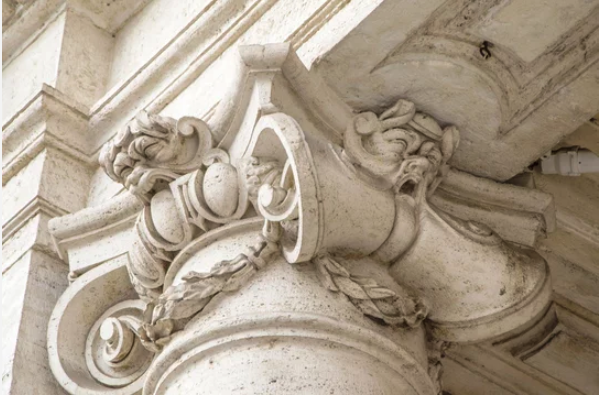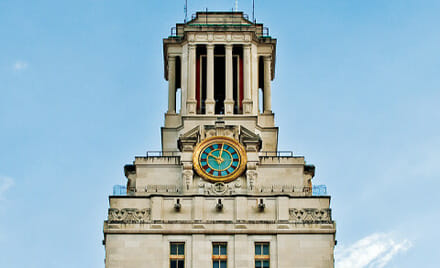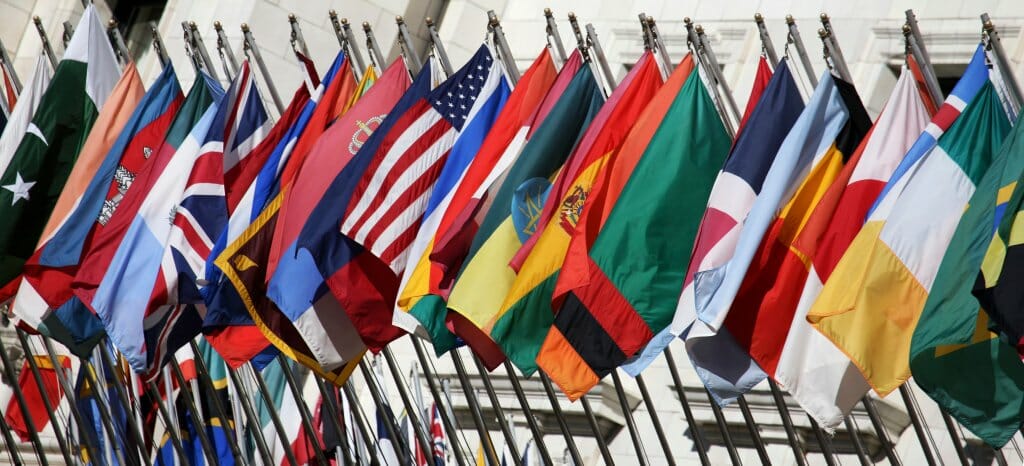This week in diplomatic and military history: April 20
Trey Curran | Apr 20, 2015
Thirty-five years ago this week, Cuban-American relations reached an impasse. In early April, Hector Sanyustiz and four co-conspirators emptied a public bus in Havana over supposed technical difficulties. With just the five remaining in the bus, Sanyustiz turned toward the Peruvian embassy, punched the gas, and, as Cuban guards in front of the embassy and across the street opened fire on the bus, crashed through the fence into sovereign Peruvian territory. The diplomat in charge of the embassy, impressed by their daring, granted the five political asylum.
In response, President Fidel Castro, furious over the death of one of his guards from a ricocheting bullet, removed all guards from the Peruvian embassy on April 4th. The statement from Havana read, “From now on, the embassy’s officials will be solely responsible for what occurs in their embassy. We cannot give protection to embassies that do not cooperate with that protection.” The next day, after Cuban workers destroyed the embassy’s gates, over 10,000 Cuban citizens flooded through the opening, hoping to receive diplomatic asylum. Overwhelmed, the Cuban government officially opened the Mariel port for emigration on April 20th. When news broke in the United States the next morning, hundreds of Cuban exiles headed to Key West and Miami to charter any seaworthy vessel they could find. The fishing boats Dos Hermanos and Blanche III returned to Key West from Cuba the very next day, bearing the forty eight newest refugees to the United States.
Thus began the Mariel boatlift.
Between April and October 1980, almost 120,000 Cubans on 1,700 boats completed the journey to Florida. Some made the journey on commercial transport vessels while others built makeshift rafts and casted off, hoping that the Coast Guard would rescue them before they capsized.
The Mariel boatlift reunited thousands of Cuban families. When he spoke to the League of Women Voters on May 5th, 1980, President Jimmy Carter announced, “Ours is a country of refugees. We’ll continue to provide an open heart and open arms to refugees seeking freedom from Communist domination.” Public opinion, however, quickly turned against the Mariel boatlift when reports of Castro sending vessels full of inmates and the institutionalized surfaced. The tiny refugee camps in Miami and Key West, already hard pressed to accommodate the influx, sent many of these accused to federal prisons. Altogether, over 1,700 Cubans were jailed, and an additional 587 were detained until they could find sponsorship.
While the Carter Administration made major strides in building relations with Cuba, including the landmark United States Interests Section in Havana, many of these ties were strained as a direct result of the Mariel boatlift. The State Department publicly requested that Castro desist “the illegal transit of additional undocumented persons” from Cuba as early as April 23rd, and began to classify Cubans as asylum-seekers rather than refugees on May 20th. On June 7th, The White House finally called the Cuban transport of “hardened criminals from Cuban jails” a ‘cynical, inhuman, and a serious violation of international law.’” The shift in policy is explained in Carter’s memoir Keeping Faith, “we welcomed the first ones to freedom, but when the stream became a torrent…I sympathized with the plight of the refugees, but they were coming in illegally, and I was sworn to uphold the laws of the land.”
The Mariel port was officially closed on September 25th by Cuban soldiers. Most of the Mariel refugees settled in Miami, increasing the city’s Cuban population by 20 percent. The major takeaway by the American government from the affair is best summarized by the U.S. Director of the Office of Cuban Affairs, Kenneth Skoug: “The mass exodus was a major loss of face for Fidel Castro. After 20 years, the tens of thousands of people fleeing the country were a major embarrassment for the Cuban president…It demonstrated a failure of the Castro regime.”
But perhaps the most important result of the Mariel boatlift was stated by one of those who made the voyage himself. Leo Jiménez, when asked what inspired him and his fellow refugees to leave Cuba, stated, “They are very happy to be here. They are very happy to be in a land which is free. They could do anything they want.”
Photo courtesy of Politico.
Glass, Andrew. “Castro launches Mariel boatlift, April 20, 1980.” Politico. Politico, June 2009. Web.
Larzelere, Alex. The 1980 Cuban Boatlift. Washington, D.C.: National Defense University Press, 1988. Print.
“Operation Boatlift/Exodus of Cuban Exiles.” United Press International. UPI, 1980. Audio Interview. Web.




